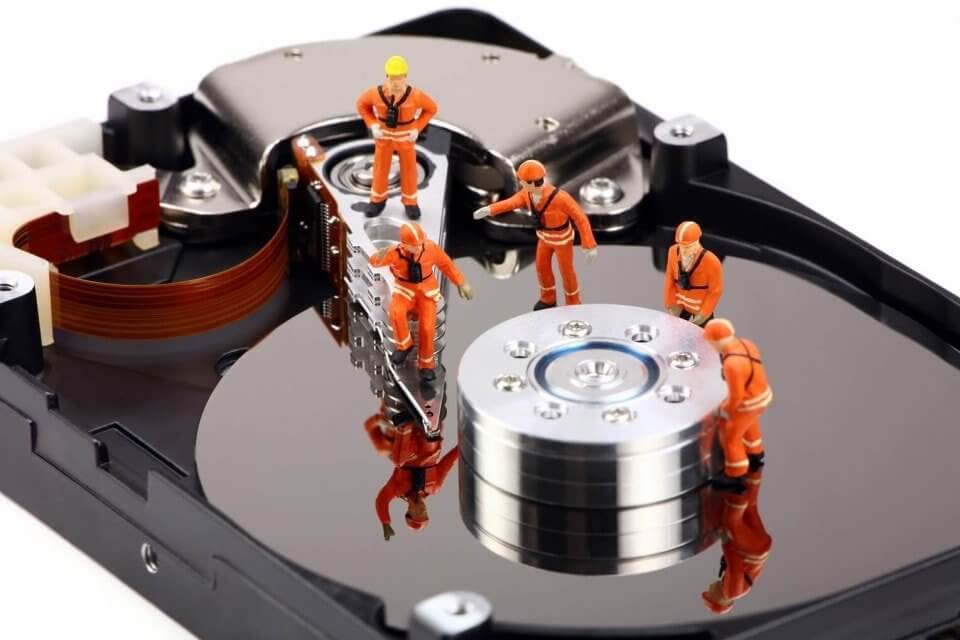Data recovery is a critical service for anyone who has lost important information due to hardware failure, accidental deletion, or other issues. However, one of the main concerns for those seeking data recovery services is the cost. Understanding how data recovery prices are determined can help you make informed decisions and avoid unexpected expenses.

Factors Influencing Data Recovery Costs
The cost of data recovery can vary widely depending on several factors. Here’s a breakdown of what typically influences pricing:
- Type of Data Loss
The nature of the data loss plays a significant role in determining the cost. Simple cases, such as accidental file deletion or format errors, generally cost less to recover compared to more complex situations like physical damage to hard drives or RAID systems. The more severe the damage or data loss, the higher the cost is likely to be. - Storage Medium
The type of storage medium also impacts the price. Recovering data from a standard hard drive (HDD) is usually less expensive than from solid-state drives (SSD) or RAID arrays. SSDs, for instance, often require more advanced techniques due to their different technology and architecture. RAID systems can be particularly costly due to their complexity and the potential need for specialized recovery techniques. - Recovery Complexity
The complexity of the recovery process affects the overall price. Basic recovery procedures, such as those involving software-based recovery for minor issues, tend to be more affordable. Conversely, complex recovery processes involving disassembly of drives, specialized tools, or custom solutions for unique data storage configurations can significantly increase the cost. - Service Provider
Different data recovery service providers may offer varying pricing structures based on their expertise, reputation, and the quality of their service. Some providers offer a flat-rate pricing model, while others might charge on a case-by-case basis. It’s crucial to choose a reputable provider with a proven track record to ensure successful data recovery and avoid hidden fees.
Typical Data Recovery Price Ranges
- Basic Data Recovery
For straightforward cases like accidental deletion or simple file corruption, prices typically range from $100 to $300. This usually involves software-based recovery methods and minimal technical intervention. - Intermediate Data Recovery
Cases involving physical damage to the storage medium or more complex data corruption can cost between $300 and $800. This price range often includes more advanced recovery techniques and potential repairs to the hardware. - Advanced Data Recovery
For severe data loss scenarios, such as those involving RAID systems, extensive physical damage, or intricate data recovery challenges, costs can exceed $1,000. This includes extensive diagnostics, specialized equipment, and in-lab recovery procedures.
Understanding Additional Costs
- Evaluation Fees
Many data recovery services charge an initial evaluation fee to assess the extent of the damage and provide an estimate. This fee can range from $50 to $150 and is often applied toward the final recovery cost if you proceed with the service. - No Recovery, No Fee
Some providers offer a “no recovery, no fee” policy, which means you only pay if the recovery is successful. This can be beneficial if you’re concerned about paying for a service that may not yield results. Be sure to clarify this policy before committing.
How to Manage Data Recovery Costs
- Obtain Multiple Quotes
It’s advisable to contact several data recovery providers to get multiple quotes. This will give you a better idea of the market rate and help you find a provider that offers a fair price for the service you need. - Inquire About Guarantees
Ask providers about guarantees and success rates. A reputable provider should be transparent about their recovery success rates and any guarantees they offer regarding their services. - Consider DIY Options
For less complex issues, there are DIY data recovery tools available that can be a cost-effective alternative. However, these should be used with caution to avoid further data loss.
Conclusion
Understanding data recovery prices involves knowing the factors that influence cost, the typical price ranges, and any additional fees that may apply. By gathering information and getting quotes from multiple service providers, you can make an informed decision and ensure that you receive effective data recovery services at a fair price. If you’re in need of professional data recovery, click here for expert recovery services tailored to your needs.
